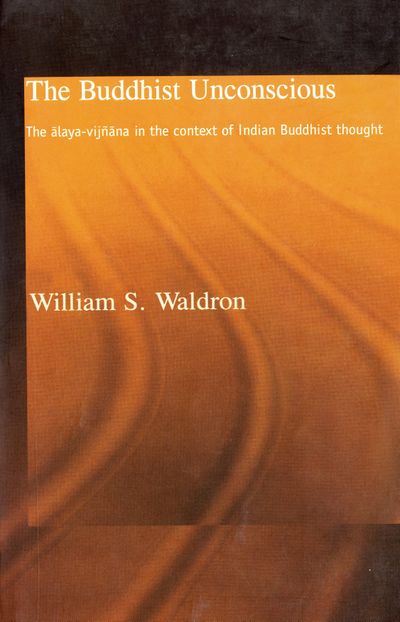No edit summary |
No edit summary |
||
| Line 29: | Line 29: | ||
*{{i|''The basic problematic: two levels of discourse, two dimensions of mind''|55}} | *{{i|''The basic problematic: two levels of discourse, two dimensions of mind''|55}} | ||
*{{i|''Analysis of mind and its mental factors''|57}} | *{{i|''Analysis of mind and its mental factors''|57}} | ||
**{{i|The initial formulation of the problematic in its synchronic dimension: the accumulation of karmic potential, the presence of the underlying tendencies, and their gradual purification in the ''Kathāvatthu''|59}} | **{{i|The initial formulation of the problematic in its synchronic dimension: the accumulation of karmic potential, the presence of the underlying tendencies,<br>and their gradual purification in the ''Kathāvatthu''|59}} | ||
**{{i|The problematic in its diachronic dimension: immediate succession versus the continuity of karmic potential|62}} | **{{i|The problematic in its diachronic dimension: immediate succession versus the continuity of karmic potential|62}} | ||
*{{i|''The persistence of traditional continuities: karma and kleśa in the'' Abhidharma-kośa|67}} | *{{i|''The persistence of traditional continuities: karma and kleśa in the'' Abhidharma-kośa|67}} | ||
Revision as of 11:00, 10 August 2020
This is the story of fifth century CE India, when the Yogacarin Buddhists tested the awareness of unawareness, and became aware of human unawareness to an extraordinary degree. They not only explicitly differentiated this dimension of mental processes from conscious cognitive processes, but also offered reasoned arguments on behalf of this dimension of mind. This is the concept of the 'Buddhist unconscious', which arose just as philosophical discourse in other circles was fiercely debating the limits of conscious awareness, and these ideas in turn had developed as a systematisation of teachings from the Buddha himself. For us in the twenty-first century, these teachings connect in fascinating ways to the Western conceptions of the 'cognitive unconscious' which have been elaborated in the work of Jung and Freud.
This important study reveals how the Buddhist unconscious illuminates and draws out aspects of current western thinking on the unconscious mind. One of the most intriguing connections is the idea that there is in fact no substantial 'self' underlying all mental activity; 'the thoughts themselves are the thinker'. William S. Waldron considers the implications of this radical notion, which, despite only recently gaining plausibility, was in fact first posited 2,500 years ago. (Source: Routledge)
| Citation | Waldron, William S. The Buddhist Unconscious: The Ālaya-Vijñāna in the Context of Indian Buddhist Thought. Routledge Critical Studies in Buddhism. London: RoutledgeCurzon, 2003. http://abhidharma.ru/A/Raznoe/0061.pdf. |
|---|---|


